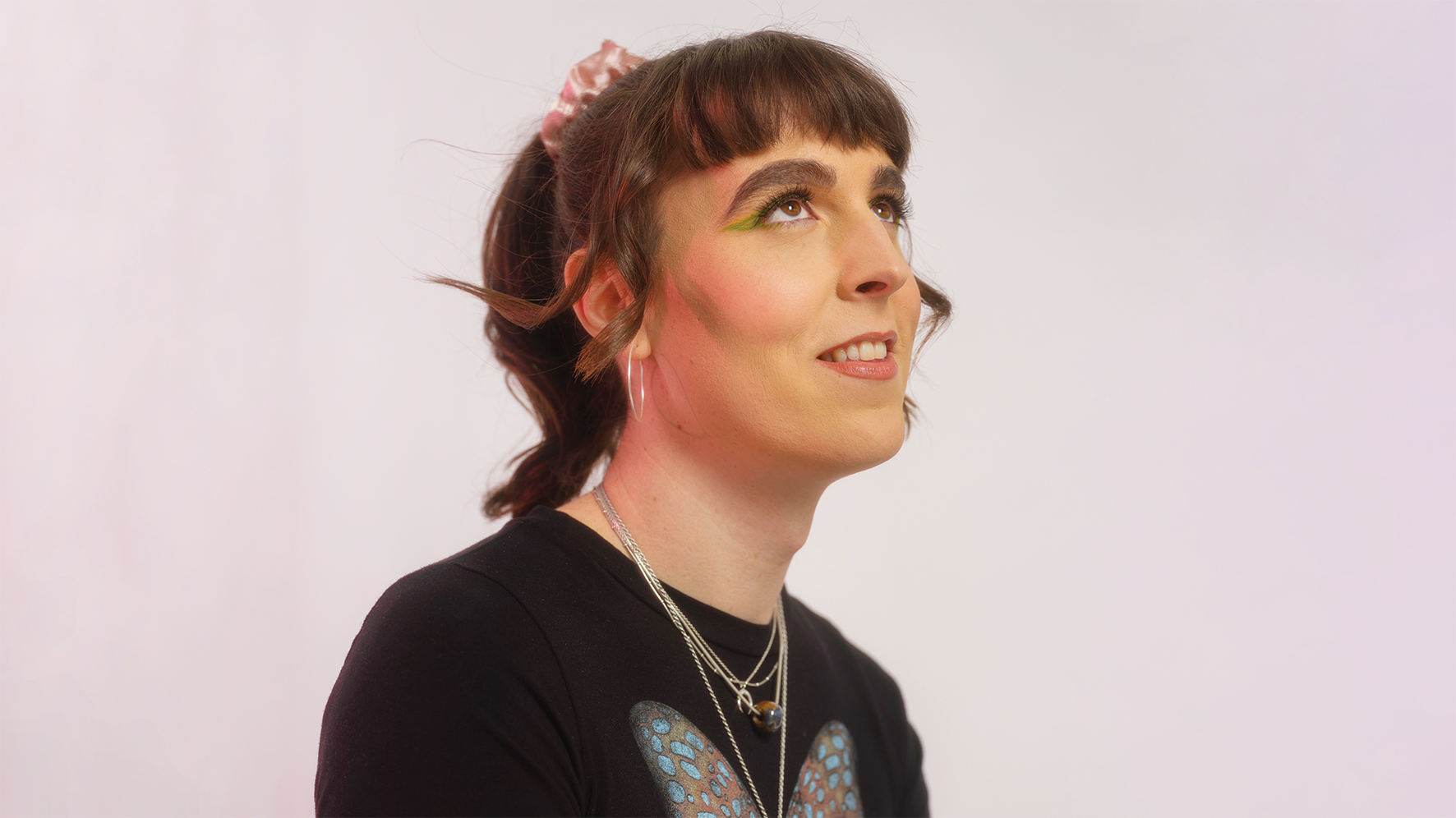
Initially a breakcore/IDM producer, by her own admission Brooklyn-based Octo Octa was relatively late to the house music scene, yet like a duck to water Maya Bouldry-Morrison’s breakout single Let Me See You (2011) and slew of subsequent releases have positively radiated with authenticity.
Fully embraced by the house music community, Bouldry-Morrison has approached DJing with equal legitimacy. Her vinyl-only sets and mercurial blend of mixing styles display a natural affinity for house music tradition amidst an uncanny ability to connect with audiences on a transcendental level.
This week on MusicRadar, we've been digging deep into how house music is made.
This gave us the perfect excuse to catch up with Octo Octa and talk studio secrets, DJ philosophy and the state of house in 2023...
What appealed to you about house growing up?
“As a teenager, I was a big drum & bass, jungle and hardcore lover – that was my punk rock. All my friends were in punk bands but I just wanted to listen to Dom & Roland. I started getting into electronic production with a few friends, making experimental noise, IDM and eventually breakcore in my early 20s and then I finally fell in love with house music. After seeing the response to my debut single Let Me See You, I realised that this was what I’d been looking for the whole time.”
Do you have a ‘greatest house track’ of all time?
“Oh gosh, I was just talking about this the other day. I really love the Masters at Work dub of the Björk track Violently Happy called Basso Hitto Dubbo. First, I love dubs and almost always play dub versions of house tracks in my DJ sets, but the sampling is fantastic, it has a really wonky bassline and Kenny Dope’s drums are spot on.
“It has interesting production, great drum programming and doesn’t sound like anything else, but it’s still a recognisably great house track from start to finish. When you listen to Todd Terry records, most of them are extremely weird too, but they’re so recognisably house and this remix is equally in that space.”
How would you define house music in 2023?
“These days, I do hear records that very much call back to the classic sound of ’90s house, but I don’t like them as much as the original releases because something’s not quite there. I prefer records that are on the edge, like UK garage and progressive house, which pull elements from those genres but feel of this time.”
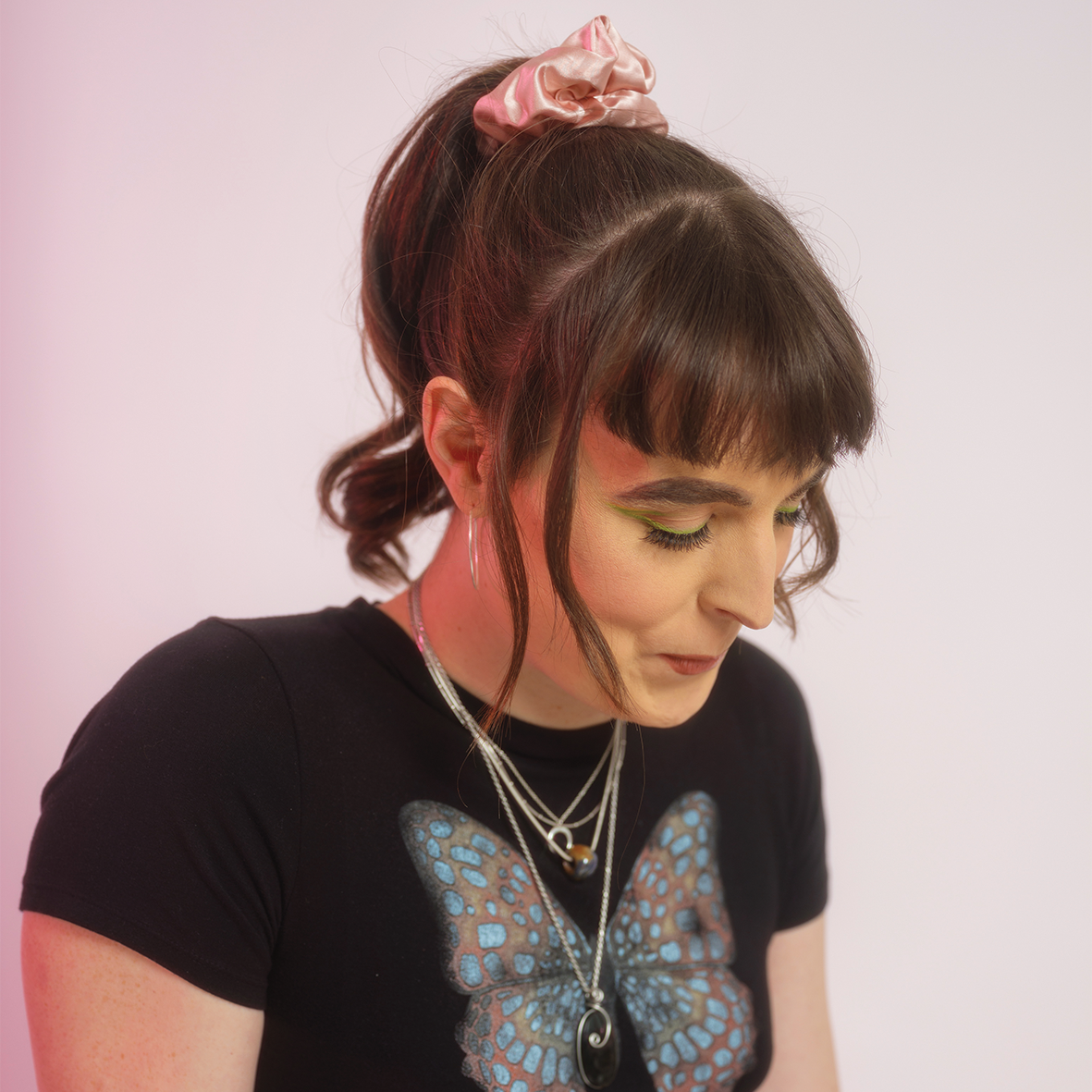
Where do you think you sit in that space?
“When I first started, I’d listen to a house record and try to learn all the elements but what would come out at the end wouldn’t be anything like what I was trying to make. Today, I still think of myself as a house producer and the space around what that genre means to me is really big, but when I’m producing I don’t think, ‘I’m going to make a house track right now’, or take into consideration the core elements of a classic house track, my brain just likes to make what it makes.”
The classic house sound was originally defined by some distinctive vintage instruments – particularly Roland’s drum machines, synths and groove boxes. Are those instruments relevant to how you make house music today?
“That gear still feels very much present and important. I used to write most of my records in the box without any external gear, but now it’s a hybrid process. I’ve slowly built an extensive studio of old vintage gear that I use constantly for productions, including some brand new grooveboxes, and I especially love all the little boutique ones.”
Do you have any Roland synths?
“I have an original 909 and a TR-09, but I can also sit in front of Ableton, pull up a drum rack for a 909 kick, draw in the MIDI patterns and do a little editing to create a really classic-sounding pattern.
“Ultimately, I prefer programming and interacting with the drum machine itself. It feels a lot more satisfying to be able to have quick access to a bunch of knobs to set levels, change the tuning and play around while I’m recording. The vintage pieces are not necessarily the most important thing; I just think it’s nice to have equipment in general.”
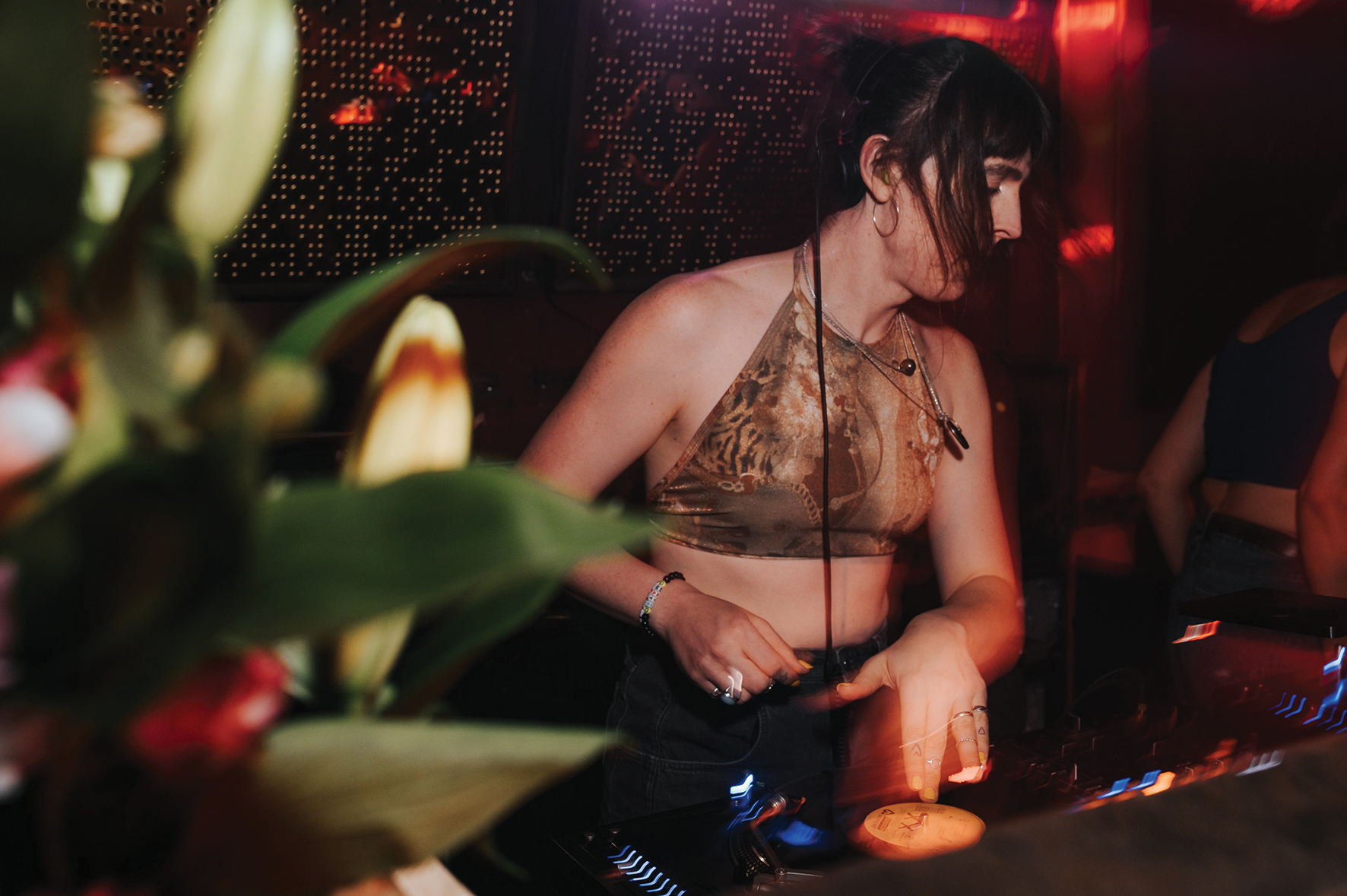
Did you buy a 909 specifically because you wanted to capture those vintage sounds?
“I’d been working hard all summer and wasn’t getting that much time in my studio, so I just wanted to treat myself to something special. I got an original 909 and a 303, but for me it’s mostly about the interface.
“For example, I love the TR-09, but it doesn’t have individual outs for the channels and I just got a really big Allen & Heath ZED-428 large format mixer, which gives me plenty of space for routing. I also have two x0xb0xes, but the programming interface on those is also different – they’re much more static than an original 303 would be.”
What else can we find in your studio right now?
“I still have my very first beat machine – the Korg Electribe ER-1, plus a Roland Alpha Juno-2 with a PG-300 programmer and a Korg DW-8000. I actually have most of Korg’s old poly series synths. I have a Waldorf Microwave, a Sherman Filterbank and just got a Future Retro Revolution, which is their TB-303 clone.
“I use the Volca Keys constantly in my productions as it’s probably one of my favourite synths of all time. I also do lots of effects with guitar pedals and all of my hardware sequencing is done within the Akai MPC2000, recording it into Ableton Live for editing.”
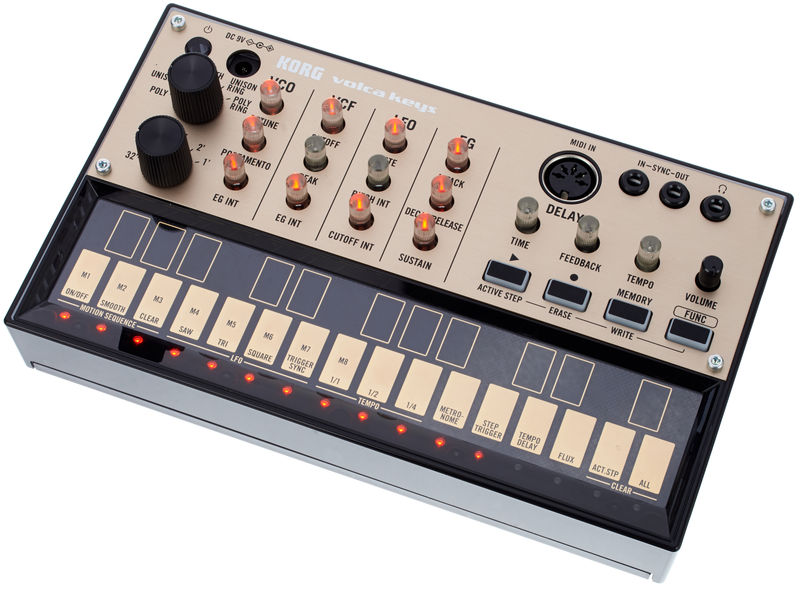
You’re basically using the MPC to achieve a specific sound and feel…
“For sure – I really love sequencing on the MPC and how the MIDI timing is slightly wonky. I want to preserve that as much as I can because I do very little audio warping in Ableton and don’t like sending MIDI out and recording it back in. When it comes to plugins, I’ve been working in Ableton for way too long and prefer to solely use their plugins and a few third-party compressors every now and then for mastering.”
For you, what are the key elements that go towards making a house track?
“There are lots of amazing producers, but some house tracks I hear consist of the same drum loop throughout. For me, percussion and great drums and pattern changes really add to what makes a great house track. I love old-school producers like Todd Terry and Kenny Dope and think that they’re both fantastic drum programmers.”
Your new EP, Dreams of a Dancefloor, seems to carry those classic house tropes mixed with a modern production aesthetic. What’s your typical starting point for a track?
“It’s different every time but usually comes from having a new piece of synth gear at home that I want to play around with or a drum machine. Having used Ableton Live for such a long time, I’ve got extremely quick at making synth sounds and drums, but that way of working leaves very little space for errors, interesting rhythms and other weird things to occur.
“That’s why I started reintegrating gear, especially un-synced delayed pedals, reverbs and grooveboxes. Ableton does have a ton of plugins that introduce all sorts of randomness, and when I work with Eris [Drew] in her studio she uses lots of really cool Soundtoys plugins, but for some reason I’d rather just record myself twisting knobs and see what comes out from the gear.”
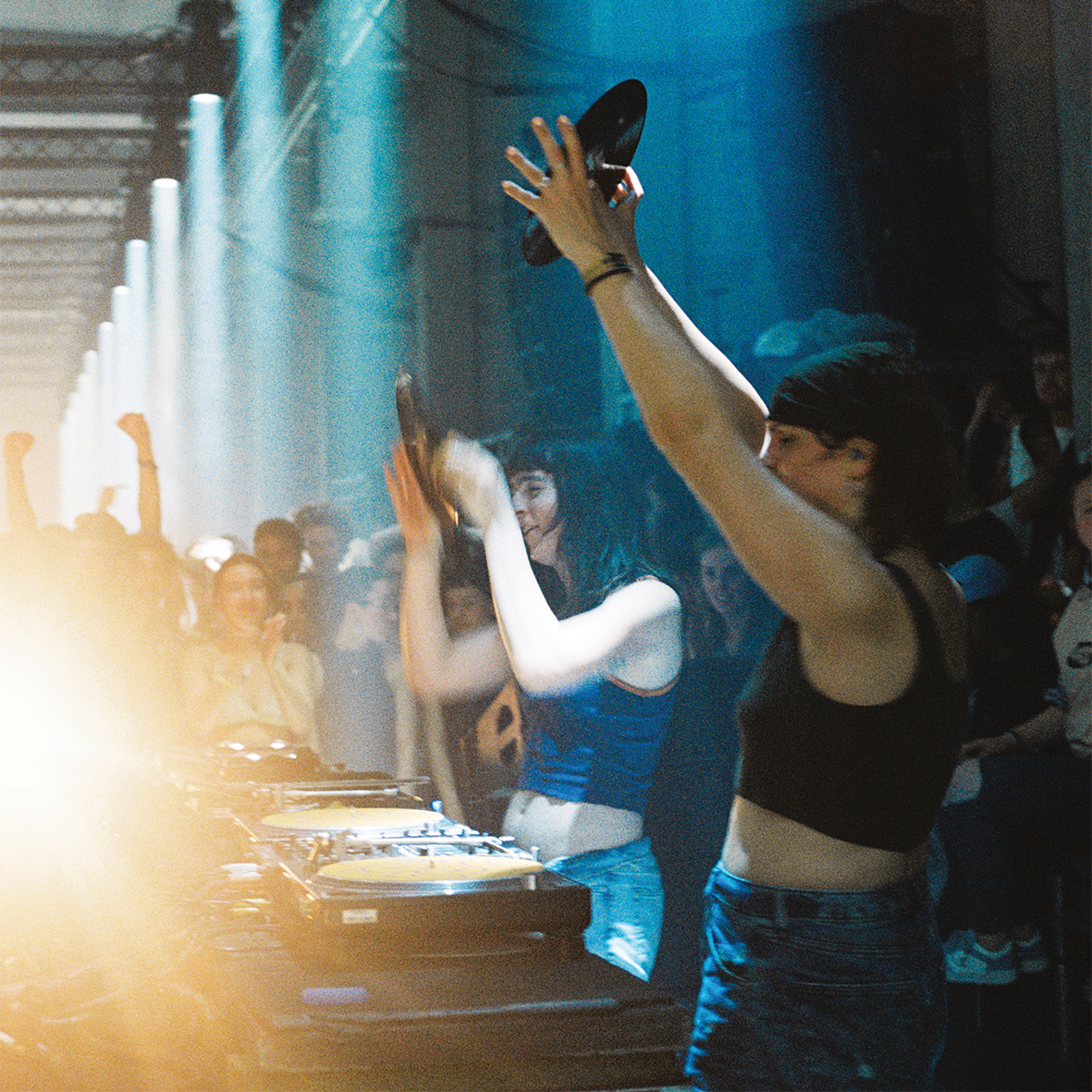
How important is sampling when it comes to your production processes?
“I prefer to sample vocals and drum breaks rather than melodies and bass. When I DJ, I use a lot of scratch records and samples and, as a result, have lots of DJ battle tool and acapella records in my collection. Some of the scratches on my records are of me doing a few takes – I come from a nerd collector background and love playing vinyl, so I’m a vinyl-only DJ and that’s how I sample in the studio.”
Do you have any tips for making tracks hit right on a club sound system?
“My older records don’t sound good on club systems because I didn’t know how to engineer them, but I’ve learned some new tricks since then. The biggest tip I’ve learned is to gain stage everything and leave some head room.
“When I used to send out pre-masters, everything was being slammed through a compressor, which would sound good on headphones but terrible in a club, so I’ve learned to use filters to cut out the low-end rumble from audio recordings, which leaves space for things that should actually be there.”
Tell us a bit about your approach to DJing. What’s your typical setup?
“Unfortunately, because most people are not playing vinyl anymore, turntables in clubs are in pretty bad shape so my DJ rider is pretty much a pair of Technics SL-1210 M5Gs, which are digitally calibrated with a button that changes from +/- 8 to +/-16.
I pay really close attention to a track’s arrangement until it becomes innate – that’s what enables me to mix new records with ones that I’ve played for years
“That allows me to play records between 33 and 45 rpm and allows an extremely wide range to pitch records up and down with a BPM swing of 40 that really opens up the amount of records I’m able to mix with. Because the Technics are digitally calibrated, I also get really consistent calibration from venue to venue.
“Alongside that, I use a Pioneer DJM-900NXS2 mixer because I like to use the cross fader quite a bit, do some scratching and the effects are pretty fun for doing drops and stuff.”
Do any mixing techniques define your style?
“Yeah, I’m an American [laughs]. I learned to DJ while living in New York and my partner Eris is from Chicago and has been DJing for 25 years, much longer than I have. She’s a really technical DJ, so when I met her I realised I had to get better to keep up. Thanks to Eris, I now have a much larger arsenal of mixing styles – I can do hard cuts, vinyl double tricks and really long blends.
“European DJs have a very consistent style, with short transitions from one track to the next, and I might be wrong, but I feel that Americans have a whole range of different ways to approach that.”
How much planning do you do for your DJ sets, as opposed to turning up and performing?
“Since I play vinyl I can only bring around 85-90 records with me on tour, but that’s still quite a spread so I can do really long sets. When I come back from a tour, I’ll pull things out that didn’t work so well or discard records that are poorly pressed or have dynamic issues. Then I’ll see whether there are any new records that I bought or maybe an old song that might play well in a set and rotate things in and out.
It’s never about playing a track purely for my own satisfaction. If you’re playing in a room and no one’s dancing, it’s hard to DJ for two hours
“I play cross-genre, organise my records by BPM and mark them up with a big X for when I’m in a dark club. Each set is always different and I love re-contextualising records from night to night because you get to learn them really intimately. I pay really close attention to a track’s arrangement until it becomes innate – that’s what enables me to mix new records with ones that I’ve played for years.”
Are there certain records that seem to stay in your bag forever?
“As long as I’m still enjoying playing them I’m very happy to have a record sit in my bag for a few years, but it’s never about playing a track purely for my own satisfaction. If you’re playing in a room and no one’s dancing, it’s kind of hard to DJ for two hours. There’s so much music in the world, so I can absolutely pack a bag of records that I love and know other people will love too.”







